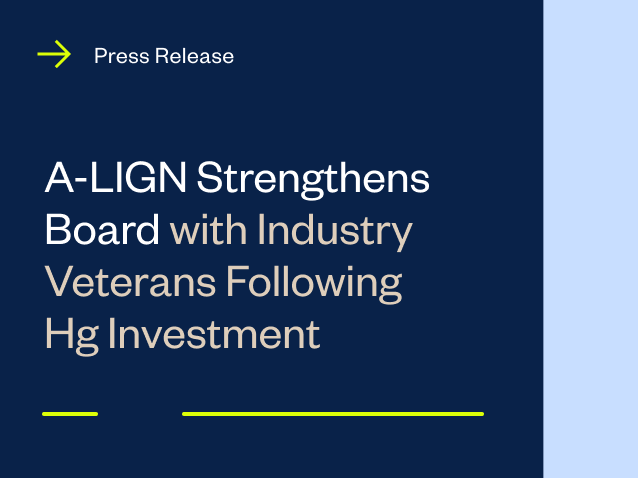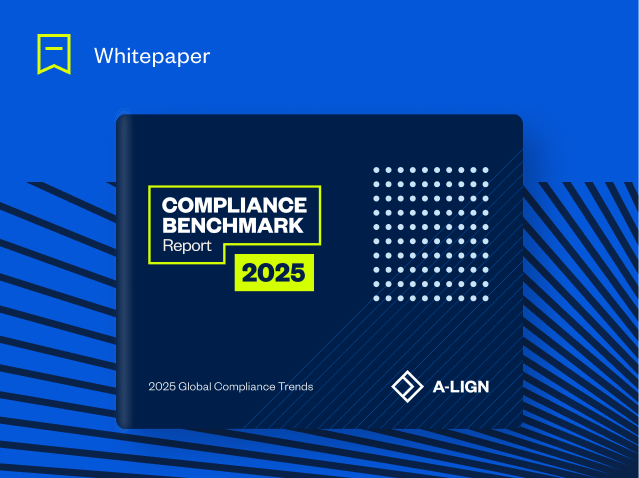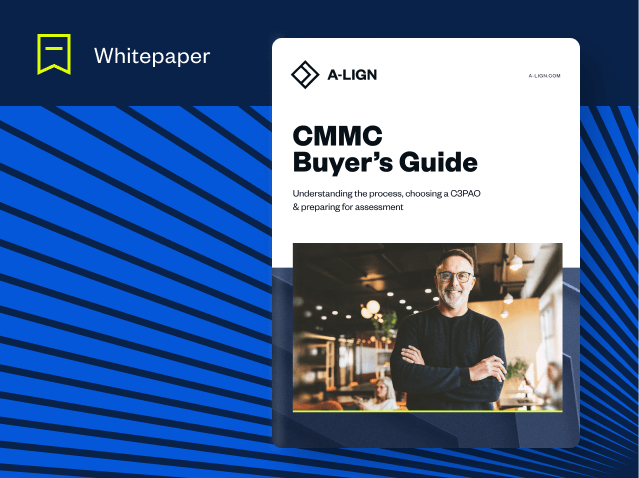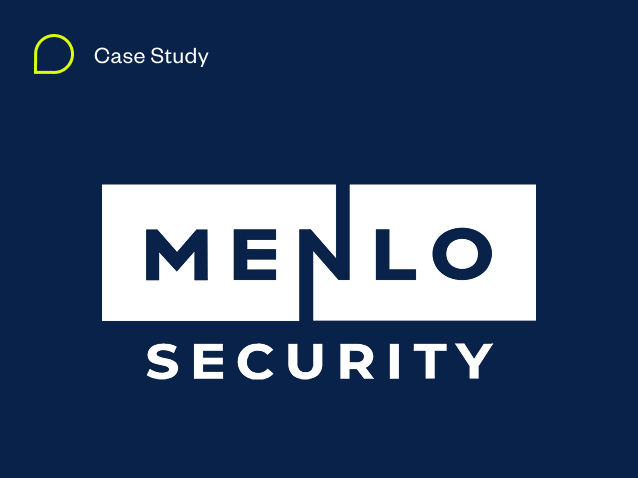AI Compliance Uncovered: How to Build a Custom Governance Strategy for Your Organization
Your Guide to AI Governance and Organizational Success
Navigating the complexities of AI governance, risk management, and organizational strategy can be a significant challenge. In this webinar, Patrick Sullivan, VP of Innovation & Strategy at A-LIGN, and Dr. Shea Brown, Founder & CEO of BABL AI, give actionable advice and real-world examples to help organizations thrive in an AI-driven world. Here are the key takeaways from their discussion.
Understanding and mitigating AI risks
AI systems operate with unparalleled speed and scale, which means risks can spread rapidly across your networks. For instance, an error in a customer-facing chatbot can affect clients almost instantly, leading to significant reputational and legal damage. It’s crucial to proactively assess your AI models to mitigate these risks. This includes technical output testing to ensure results align with claims and seeking independent verification rather than simply taking a vendor’s word.
A more subtle but equally important risk is bias within AI systems. While it may not directly harm a user, it can lead to serious compliance and legal fallout for your business. Addressing bias is a governance priority, not just a technical fix. Conduct regular audits of your AI tools to identify and minimize bias, using frameworks like ISO 42001 or the EU AI Act for guidance.
The hidden threat of “Shadow AI”
A major threat to your organization’s data security is Shadow AI — the unauthorized use of external AI tools by employees. When team members use these tools, they can inadvertently expose sensitive company information. The solution is to implement clear and enforceable acceptable-use policies, train employees on safe AI practices, and control access to unauthorized tools.
Why governance is your key differentiator
Dr. Shae Brown emphasized that governance is the single most important factor determining the success or failure of AI projects. A common mistake is deferring governance until results start to show, but research indicates that ROI is unattainable without establishing governance from the very beginning. Frameworks like NIST’s AI Risk Management Framework, ISO 42001, and the EU AI Act can provide a solid foundation for your governance structure.
Your first 90 days of AI governance
If you’re just starting your AI journey, these are five practical steps to establish governance quickly:
- Assign accountability: Designate clear ownership for AI governance responsibilities.
- Gain visibility: Create a comprehensive inventory of all AI deployments across your organization.
- Triage risks: Identify high-risk AI use cases that require immediate attention.
- Conduct basic assessments: Evaluate the regulatory, reputational, and compliance risks associated with these systems.
- Implement immediate controls: Establish essential safeguards for high-risk systems to manage exposure while you refine your policies.
This triage approach allows for quick wins that pave the way for a more comprehensive governance strategy down the line.
The power of strategic partnerships
Adopting AI can feel daunting, but you don’t have to do it alone. Strategic partnerships with external experts can provide invaluable experience and resources. These collaborations can significantly reduce the time it takes to see value from AI, allowing your organization to focus on its core strengths and move from planning to execution with confidence.
Final thoughts
AI governance is no longer optional — it’s essential for minimizing risks and maximizing ROI. Whether you’re addressing Shadow AI, ensuring compliance, or building a governance framework from the ground up, having an actionable strategy is critical. By equipping your organization with the right tools, frameworks, and a proactive approach, you’ll be well-positioned for success in 2026 and beyond.




